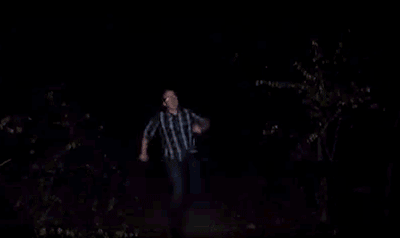

Additionally, a GIF can have transparency (but may leave a white outline on colored backgrounds). With compression techniques that limit GIFs to 256 colors, their file size makes for fast-loading visuals. The smallest of the four image formats, GIF is a great file type to use if you’re working with small graphics, like banners, charts, and buttons. Made popular in the early days of the web, the GIF format was commonly used because of its ability to compress images into very small file sizes. GIF has become synonymous with “animated GIF” in recent years, it is easy to forget that this is a static image format as well. If you do land on using a PNG, consider looking for an online tool like to help compress and optimize your images before placing them into the final design.Ī GIF, or graphics interchange format, is a lossless raster file format that can be exported in many highly-customizable settings to cut down on the file size. If you don’t need transparency, you might be better off using a JPEG. Since PNGs are generally larger than JPEGs or GIFs, you’ll need to take this into consideration when choosing which file type to use. They are commonly used for websites and are supported by all major browsers and operating systems. PNG files support millions of colors and varying degrees of transparency, and offer better readability than a JPEG or GIF. When to use a PNG fileĬhoose a PNG format when you need a smaller file that maintains its original quality. This higher-resolution format delivers higher-quality images and clearer text, but the larger file size can slow down website performance and document load times. Its transparent background allows it to be embedded into other images or graphics without additional editing steps.
#The audacity gif portable#
Knowing that the available file formats are plentiful, let’s take a look at these four common formats and what they can do.Ī PNG, or portable network graphic, is a raster file that supports lossless compression.

While PNG, GIF, TIFF, and JPEG files are all raster formats, understanding the difference between raster and vector graphics will likely influence what file format to choose for your projects. Unlike images made of pixels, vector graphics are not resolution independent and can be scaled up and down without a loss in quality or details. Vector graphics, also known as scalable vector graphics (SVGs), are graphics consisting of anchored dots connected by lines and curves. Conversely, a high-resolution image printed at a smaller size can “squish” the pixels together causing a loss in clarity as well. However, the more pixels, the larger the file size and the more space it will require to store. The more pixels, the better the quality of the image in its original size or larger versions. Once compressed, the reduced information cannot be recovered, but this information loss is usually not detected by most users.Ī raster file is composed of pixels, or tiny dots, that come together to form an image. A lossless compression means that all of the data associated with the original file remains intact and can be accessed.Ī lossy compression reduces the file data permanently, eliminating certain - typically redundant - information to save on file size. These terms describe the information that is retained in a file once it’s compressed. Knowing which file format to use when will keep your images looking their best and optimize the performance of your digital contentīefore we get started, let’s define a few terms that will come up for each file format. The quality of your images on social media, websites, blogs, and presentations influences the perception of your brand - as well as load time and site performance. Photos in a slide deck, blog, or social media Storing photos that will be edited, print

Small, simple graphics with limited colorĪd banners, simple charts, buttons, animation Sharing high-resolution photos on the web Graphics, small images that maintain original quality, transparency Let’s start by taking a look at four common file types:įile type comparison of PNG, JPEG, GIF, and TIFF

But having a basic understanding of common file types - and when to use them - is a good skill for any marketer to have. The range of different file types for visual content can make it hard to know which one to use, especially if you’re not a graphic designer.


 0 kommentar(er)
0 kommentar(er)
